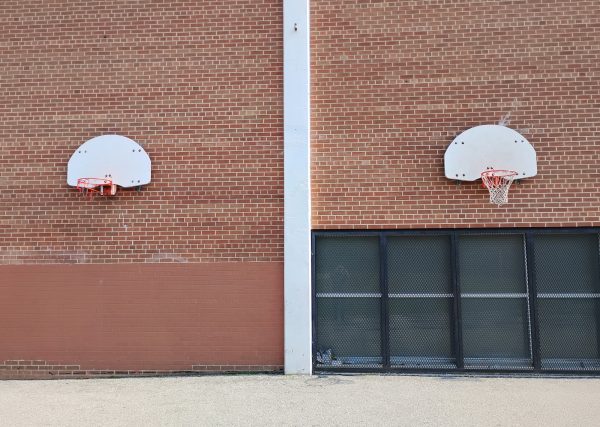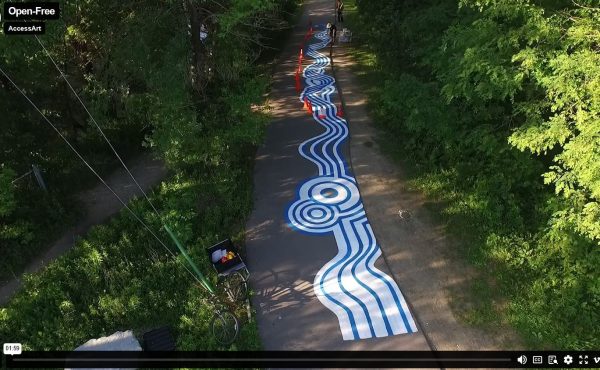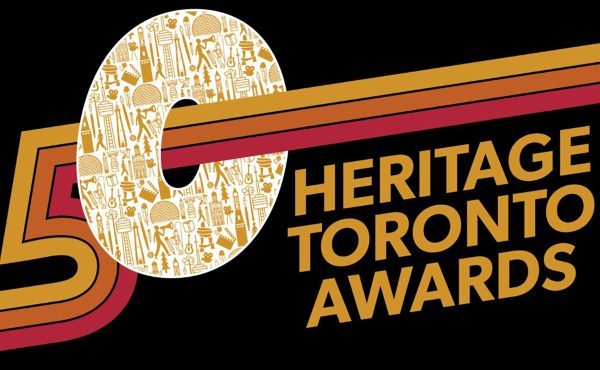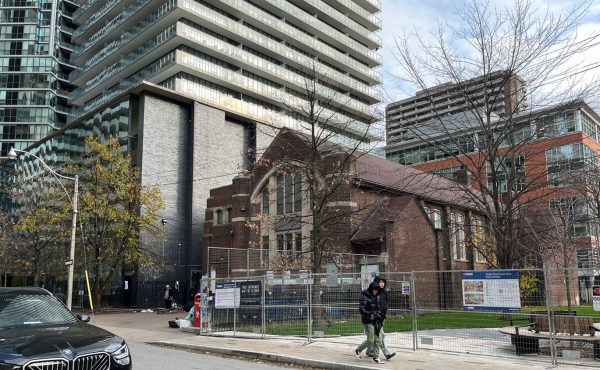There’s a new phrase floating around our house since March Break ended. My 15-year-old came home and declared, “I’ve outgrown summer camp.” He said it in that matter-of-fact way only teens can, somewhere between independence and impatience. “I’ve got a bike, I’ve got my Presto card, I just want to hang with the boys.”
As a parent, that hit different. “Why don’t you want to hang out with me?”
It wasn’t just about one kid aging out of crafts and campfire songs. It was a quiet declaration of autonomy: the desire to have access to spaces that weren’t controlled by adults, dictated by pickup schedules, or cordoned off by entry fees. It was a teen saying: I want a space all to my own.
Sociologist Ray Oldenburg introduced the idea of “third places,” the crucial social environments that exist between home (first space) and work or school (second space). Think libraries, community centres, skateparks, even food courts and basketball courts. Third spaces are where we form habits of public life, find belonging, and feel free to just be.
But how often do we think about what those spaces look like for youth in our city?
A Different Kind of Urban Infrastructure
When we talk about city-building, it’s easy to default to transit lines or new condo towers. But I’d argue that our greatest assets are the spaces where young people can grow, connect, and imagine their futures. And that often happens in third spaces.
This came up in a recent panel I had the pleasure of hosting through Canada’s Placemaking Community, called Their Third Space: Exploring the Power of Community Spaces for Youth. We featured leaders like Chris Crooks from the Cambridge Bay Wrestling Club, Stacie Smith of the Young Canadians Roundtable, and Robyn Dalton of LOVE (Quebec). We explored how community-led spaces, from bike repair shops to art hubs to wrestling gyms, offer more than programming. They offer mentorship, identity formation, and a rare kind of freedom.
We need to be real about what makes these spaces accessible. As I said during that session:
“We’ve gotta take the time to listen. When we’re looking at places catering to young people, we’re asking: Is this place easy to get to without a parent? Is it safe? Is it free?”
Because if it’s not, then who is it really for?
Meeting Youth Where They Are
Let’s also be honest about how we engage youth in city planning. Most teens aren’t lining up to attend public consultations or submit feedback through the City’s Planning Portal. That doesn’t mean they don’t care; it means we’re not meeting them where they are.
Why not go to them? Bring the planning process into classrooms, libraries, or community centres. Let them design a community mural, a pop-up skate spot, or a bike lane extension. When we sideline youth voices, we don’t just miss out on good ideas, we teach them their input doesn’t matter.
“It’s a detriment to not include young people,” I said during the panel, “because what you’re teaching them right there and then is that their voice doesn’t matter… and only these other people, older, whiter, more affluent, matter. We need to break that cycle.”
In too many Toronto neighbourhoods, basketball nets were removed from parks because some adults complained about noise. What signal does that send? That kids don’t belong in public? That their joy is a disruption?
Thank Goodness Someone Saved Our Basketball Nets
That basketball net example isn’t hypothetical. Just a few years ago, it was official policy.
In 2019, filmmaker and community advocate Luke Galati noticed that the basketball nets had been removed from his former schoolyard at Earl Grey Senior Public School. The TDSB’s quiet policy of removing nets after school hours was effectively closing public space to youth—especially those without backyards, gym memberships, or access to organized leagues.
Galati launched the #BringBackOurNets campaign to push back. “It sends the message that youth aren’t welcome in their own neighbourhood,” he told CityNews. His advocacy gained momentum, drawing national attention from The Toronto Star, NPR, and CBC.
Then the video dropped.
Just weeks after the Toronto Raptors won the 2019 NBA Championship, a clip surfaced of a city worker removing a basketball hoop at a local park. As a young kid dribbled beneath a clear summer sky, the rim was unscrewed and carried away. “I can have just as much fun out here,” a young man joked to the camera — then attempted a layup, sending the ball ricocheting off an empty backboard.
That moment hit a nerve. The video went viral — 1.5 million views in 48 hours. Canada’s national basketball body weighed in. Mayor John Tory tweeted his disapproval: “The City should be putting basketball nets up, not pulling them down.” The City reversed its policy within a day.
And in a win for everyday civic joy, the Toronto District School Board followed suit with a pilot project to keep nets up after hours.
By the end of that month the rims stayed up — and so did the message that youth deserve to be in public space, even after 6:00 p.m. Sometimes, saving a third space doesn’t mean building something new. It just means refusing to take it away.
So, Where Are the Third Spaces?
The good news? They exist—if we fund them, elevate them, and ensure they’re not just tolerated, but protected.
Take the Toronto Public Library’s Teen Hubs. Here, youth can access Wi-Fi, homework help, gaming, podcasting, and even free museum passes. They’re free, they’re local, and they’re youth-specific.
There’s Evergreen Brick Works, a former quarry turned green public space in the Don Valley that’s accessible by walking, biking, or public transit. It’s open 365 days a year and often features youth-focused programs.
Or The Bentway, a reimagined urban underpass that hosts everything from public art to community events. It proves what’s possible when we invest in spaces that don’t just serve youth, they invite them.
But we need more.
More spaces that don’t demand a credit card or a chaperone. More places where youth can create the culture instead of consuming it. More neighbourhoods where being a teenager isn’t treated like a threat to property values.
Because here’s the truth: Youth don’t grow without space. They don’t thrive without trust. And they sure as hell can’t find themselves if every place they enter tells them to keep it down, move along, or wait for a ride home.
A Five-Day Summer Test Case
This summer, school ends on June 27th. July 1st lands on a Tuesday making for five days of free-form time. For my teen, this might be the moment he and his friends begin to chart their map of the city. Not just how to get around, but where they’re allowed to belong.
And that’s the question I’ll leave with you, as a parent, a planner, a city-builder:
In the Toronto you live in, where is the third space that’s been crafted for youth to do more than just exist?
Because “hanging out with the boys” shouldn’t require a car, a wallet, or an adult’s permission. It should just require a city that trusts its youth enough to give them space.
Photo by Dylan Reid




